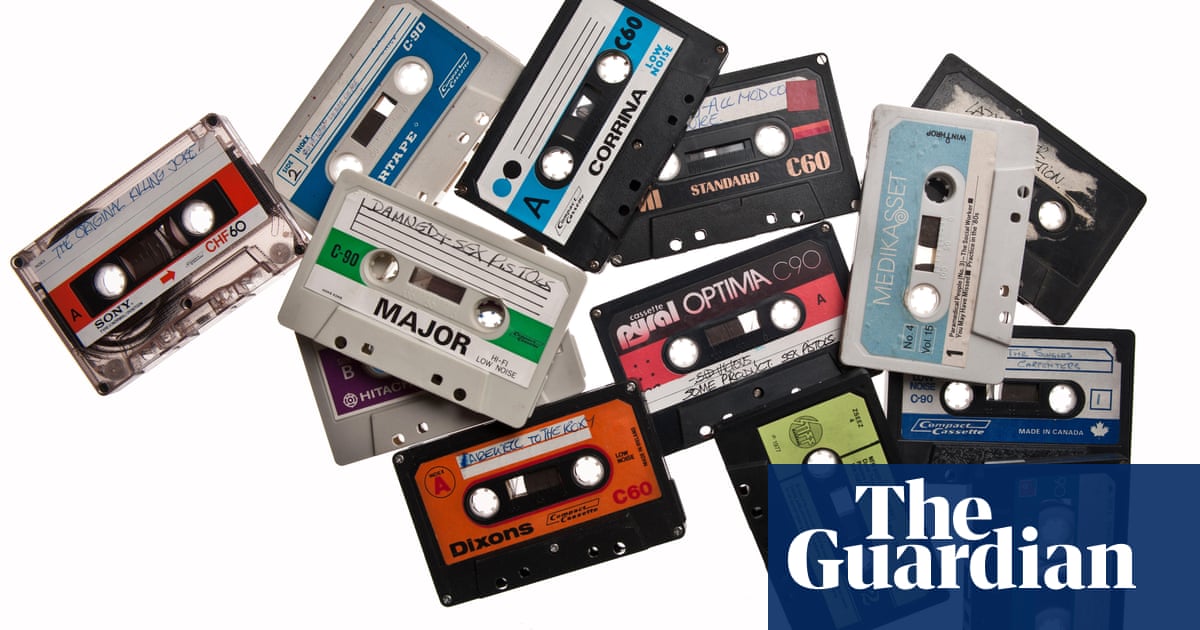
On the one hand, it is hardly a ringing endorsement of Egypt’s ability to deliver large-scale infrastructure projects that the $1 billion Grand Egyptian Museum near the pyramids of Giza, which should have been completed in 2012, has finally opened its majestic doors, and only partially.
On the other hand, when you are a cradle of civilization, with a culture and heritage that can be traced back at least eight millennia, a delay of 12 years may be charitably viewed as no more than a blip.
Either way, if we are to believe the few lucky Egyptians who have so far forked out $2 for a ticket, the wait has been worth it. The first sight that greeted them was a colossal 3,200-year-old statue of Pharaoh Rameses II, one of the new museum’s first acquisitions in 2018. The six-story grand staircase has a view of the pyramids and showcases monuments and artifacts from pharaonic statues to sarcophagi and mummified bodies. When the museum is complete, it will house more than 100,000 objects, including treasures from the tomb of King Tutankhamun — so let’s hope we don’t have to wait another 12 years for that.
What is equally interesting, however, is the lengthy list of Egyptian treasures that the museum will not display. For example, you will search high and low, and in vain, for any sign of the Rosetta Stone, the dark rock on which is carved in ancient Egyptian and ancient Greek a decree issued by King Ptolemy V Epiphanes of Egypt in 196 B.C. Famously, the same words being in different languages gave scholars their first key to translating Egyptian hieroglyphics. To see the stone, however, you will have to visit the British Museum in London.
The indisputable fact is that at least 60 percent of the British Museum’s Egyptian collection has been nicked
Ross Anderson
Nor will you find anywhere near Cairo the granite statue of Ankhwa the shipbuilder from Saqqara, carved during Egypt’s Third Dynasty around 2650 B.C.: that, too, is in the British Museum in London. You may also wish to see the famous statue of Amun in the form of a ram protecting King Taharqa, from 683 B.C., but that is in the British Museum in London. And if you would like to cast an eye over the three black granite statues of the goddess Sekhmet from 1400 B.C., the gilded outer coffins from the tomb of Henutmehyt in Thebes from 1250 B.C. or the black siltstone obelisk of King Nectanebo II from 350 B.C., then I’m afraid they are all ... wait: are you beginning to see a pattern here?
The British Museum was established in 1753 to house the collections of the scientist and naturalist Sir Hans Sloane, but its contents have literally come a long way since then — principally by way of 250 remorseless years of British colonial looting and pillaging. The museum’s Egyptian collection alone consists of more than 50,000 objects, from tiny amulets to clothing and textiles to monumental sculptures.
Explanations from museum authorities and their supporters for how they came by these objects would do credit to the Circumlocution Office, the wonderful satirical creation of Charles Dickens. There is “a very complex array of ways that things came into the British Museum,” they say; or they were “gifts,” they say; many pieces came from the Egypt Exploration Fund, of which the museum is a sponsor, they say; others came from the peripatetic 19th-century clergyman the Rev. Greville John Chester, who “collected many antiquities in his almost annual travels, including some major pieces,” the museum’s website says. My personal favorite comes from a former museum curator, who explained: “The collection is not owned by the government, nor is it owned by the British Museum. It’s owned by the public, it’s held in trust by the trustees of the British Museum.” Yeah, right: as when someone sneakily dips into my trouser pocket at the supermarket queue and removes my wallet, they are “holding it in trust.”
It is true that, until 1983, Egypt permitted the sale and export of antiquities, some of which left the country legally. But morally? I think not. The indisputable fact is that at least 60 percent of the British Museum’s Egyptian collection has been nicked, purloined, half-inched, feloniously obtained or larcenously acquired: to continue the Dickens analogy, the museum contains more stolen property than Fagin’s den in “Oliver Twist.”
The museum has faced mounting pressure for its treasures to be repatriated to the countries from which they were stolen
Ross Anderson
Not all of it is from Egypt. In its rapaciousness, the British Empire was an equal opportunities pillager. The museum’s highest-profile acquisition is probably the collection of fifth century B.C. ancient Greek sculptures from the Parthenon and the Acropolis, stolen from Athens by the 7th Earl of Elgin between 1801 and 1812 and commonly known as the Elgin Marbles. The museum’s excuse for hanging on to these is a cracker: it is that they were obtained legally, with the permission of the authorities in Greece “at that time.” What they do not say is that Greece “at that time” was under the control of the Ottoman Empire, which was itself an occupying power with little interest in heritage conservation.
The crown jewel of British imperial acquisitiveness is, well, the actual Crown Jewels. Their centerpiece is the Koh-i-Noor, which weighs in at a whopping 105.6 carats and is one of the largest cut diamonds in the world. It is currently on public display in the Tower of London. For something that shines so brightly, it has a distinctly murky past. The gem’s first recorded appearance was on the Mughal Peacock Throne looted from Delhi by Nader Shah of Iran in the 1740s. Eventually, it came into the possession of Duleep Singh, the maharaja of the Sikh Empire. Aged 11, he did whatever he was told by the British East India Company, which had annexed the Punjab in 1849, and so the boy cheerfully handed it over as a “gift” to Queen Victoria.
India, Iran, Pakistan and Afghanistan have all staked a claim to ownership of the diamond and demanded its return, but King Charles shows no sign of being prepared to hand it over any time soon.
The British Museum, too, has faced mounting pressure over the years for its treasures to be repatriated to the countries from which they were stolen, but the British government saw that coming in 1963. The British Museum Act, which obtained parliamentary approval in that year, expressly prohibits the removal of any object in the museum’s collections, except for the purpose of a loan.
Thus, to see all its priceless treasures and more, you would have to fly to London and make your way to Russell Square in the genteel Bloomsbury neighborhood of Britain’s capital. The nearest Tube station is Tottenham Court Road, about a five-minute walk away. The good news is that admission to the British Museum is free: just as it should be for a display of stolen goods.
Ross Anderson is associate editor of Arab News.
Disclaimer: Views expressed by writers in this section are their own and do not necessarily reflect Arab News" point of view












